How does precision sheet metal fab change the way we make things from metal? It makes every piece very accurate and well-made.
Knowing a lot about making things from metal helps give good advice to businesses. Being exact and trustworthy is important.
Precision sheet metal fab is more than just a way to make things. It’s about doing things right and making sure everything is perfect.
This article will explain how precision sheet metal fabrication is key for businesses, offering them ways to improve and grow.
Keep reading to learn more about precision sheet metal fab.
1. Understanding Precision Sheet Metal Fabrication
Precision sheet metal fabrication is a process where sheet metal is transformed into various products and components with high accuracy. This method involves cutting, bending, and assembling the metal to create detailed and specific shapes. The precision in this process ensures that each piece meets exact specifications. It’s like crafting a custom puzzle where every piece fits perfectly.
The importance of this industry is highlighted by its market value. In 2020, the global sheet metal fabrication market was valued at USD 285 billion, with an expected 4% CAGR from 2021 to 2028, according to Zeal 3D. This growth is driven by the increasing demand for precise and high-quality metal components in various sectors like automotive, aerospace, and construction. It’s an ever-growing field that keeps shaping our world.
2. Materials Used in Precision Sheet Metal Fab
After delving into the basics of precision sheet metal fabrication, it’s crucial to understand the materials that bring these projects to life. Below are the primary materials used in precision sheet metal fab:
Stainless Steel
Renowned for its strength and corrosion resistance, stainless steel is a go-to for many industrial and consumer applications. This material is also highly resistant to heat and chemical damage, making it ideal for kitchenware and medical equipment. Plus, its sleek appearance offers an aesthetic appeal for architectural designs. Stainless steel is like the trusty workhorse of metals, reliable and versatile in so many ways.

Aluminum
Known for its lightweight nature and durability, aluminum is perfect for aerospace and automotive parts, like airplane fuselages and car frames. It’s also highly malleable, allowing for intricate designs in construction and packaging industries, such as in modern building facades and lightweight beverage cans. Its corrosion resistance makes aluminum ideal for long-lasting use in marine vessels and outdoor structures.

Copper
Highly valued for its electrical conductivity, copper is often used in electrical components and wiring. Its thermal conductivity makes it ideal for heat exchangers and cookware. Moreover, copper’s natural antimicrobial properties are leveraged in medical and sanitary applications. Copper’s versatility makes it indispensable in modern technology and healthcare.
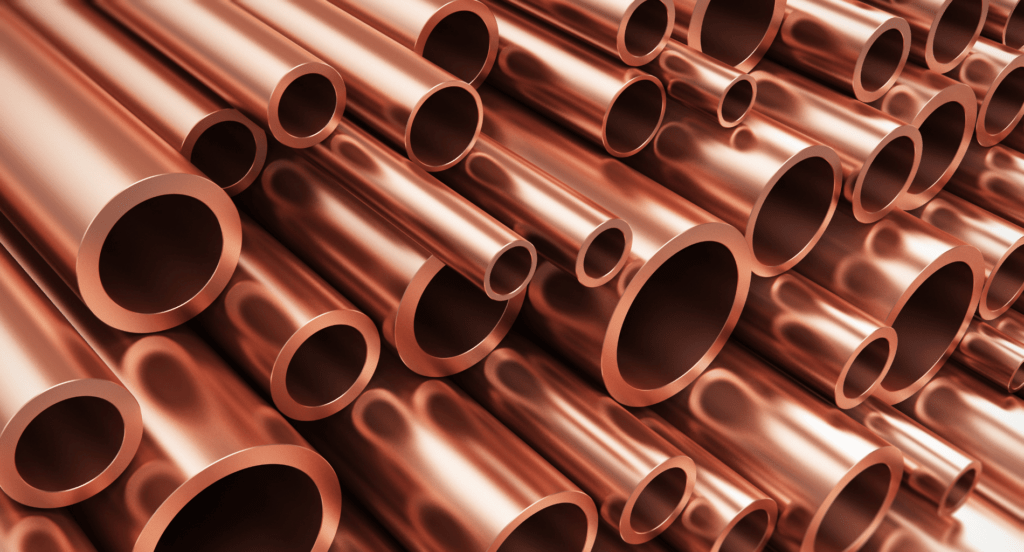
Brass
A blend of copper and zinc, brass is used for its acoustic properties and resistance to wear, making it ideal for musical instruments and decorative items. Its machinability allows for precision in custom fittings and hardware. Brass also exhibits a unique golden color, adding aesthetic value to any project. The distinct look and feel of brass make it a favorite among artisans and engineers alike.
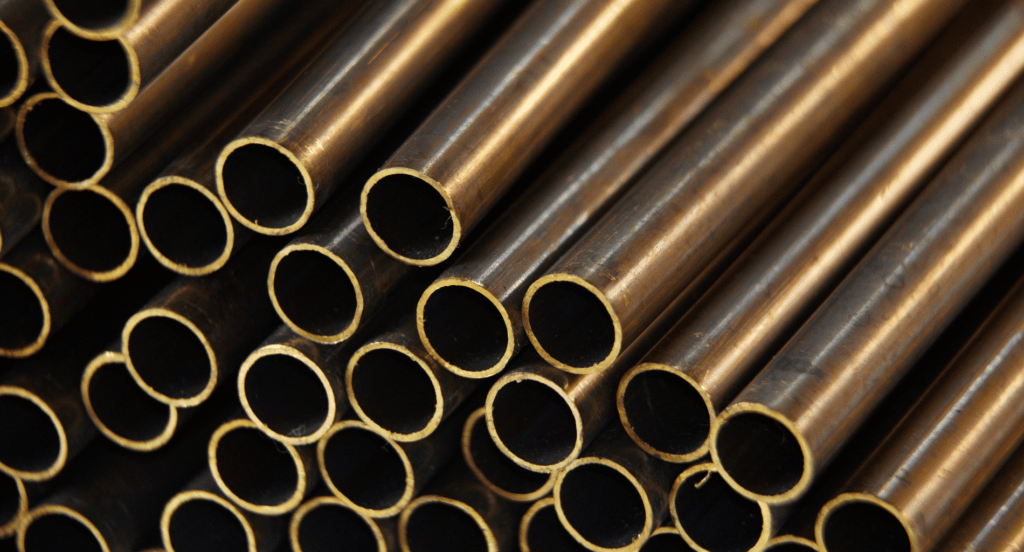
Galvanized Steel
Steel coated with a layer of zinc to prevent rusting, used extensively in outdoor and marine applications. This coating process not only enhances its durability but also makes it more resistant to scratching and wear. Galvanized steel is also recyclable, making it an environmentally friendly choice for sustainable projects. Galvanized steel’s strength and sustainability make it a smart choice for the eco-conscious builder.

3. Core Techniques in Precision Sheet Metal Fabrication
After exploring the materials used in precision sheet metal fabrication, it’s vital to understand the core techniques that turn these materials into finished products. Below are the core techniques in precision sheet metal fabrication:
Cutting
Using tools like lasers, plasma torches, or water jets to precisely cut the metal into specific shapes and sizes. This process allows for intricate designs and clean cuts with minimal waste. Laser cutting, in particular, offers high precision for complex patterns and fine details. Additionally, modern cutting technologies can handle a wide range of metal thicknesses, making them versatile for various applications.
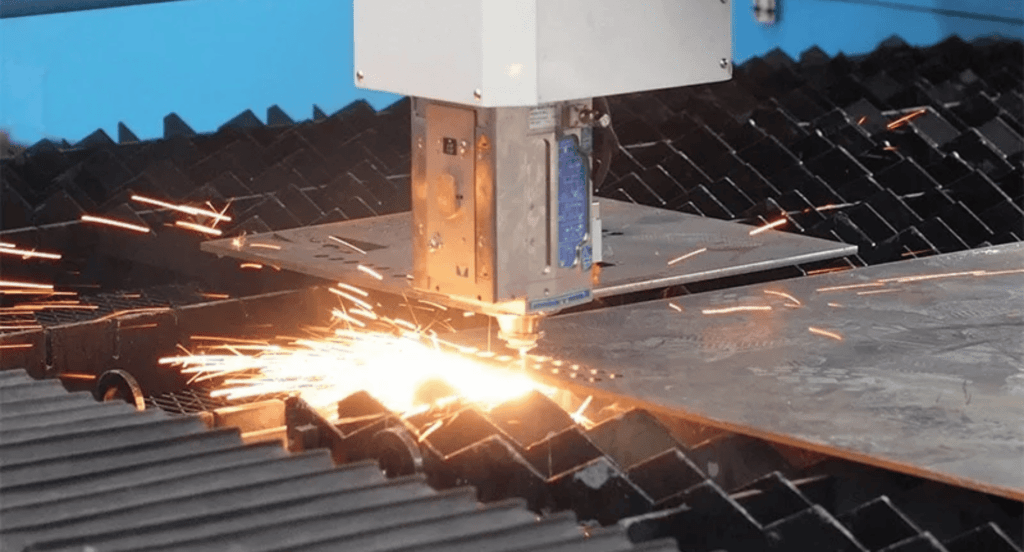
Bending and Forming
Manipulating the metal into desired shapes using press brakes or other bending machines. This technique can create sharp angles or smooth curves, depending on the project needs. It is essential for creating components that fit together seamlessly in larger assemblies. The precision in bending and forming is key to maintaining the metal’s integrity and strength.
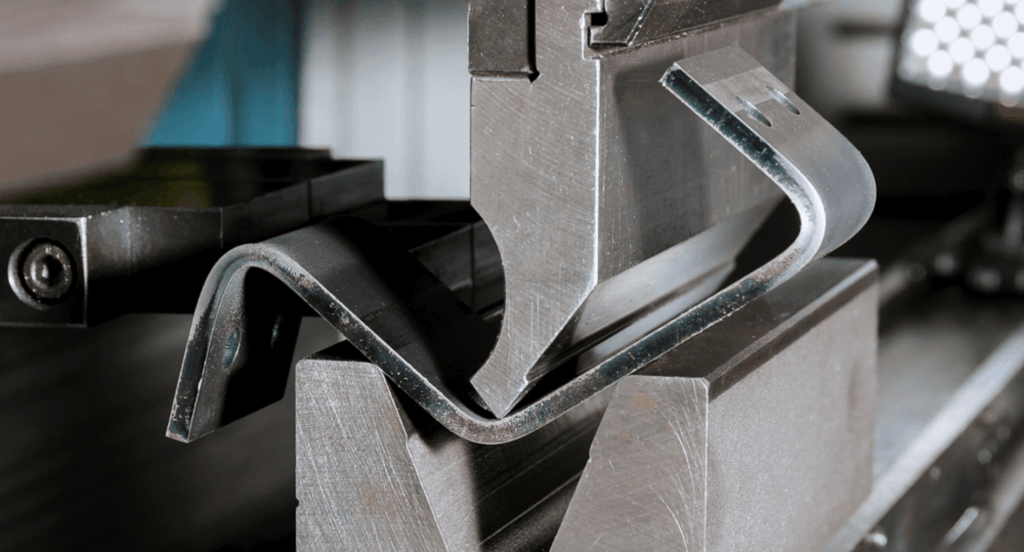
Welding
Joining metal pieces together using various welding methods to ensure strength and durability. Techniques like TIG and MIG welding are commonly used, each suitable for different types of metals and thicknesses. Proper welding ensures the structural integrity of the final product. Welding also requires skilled craftsmanship to achieve clean and strong joints.
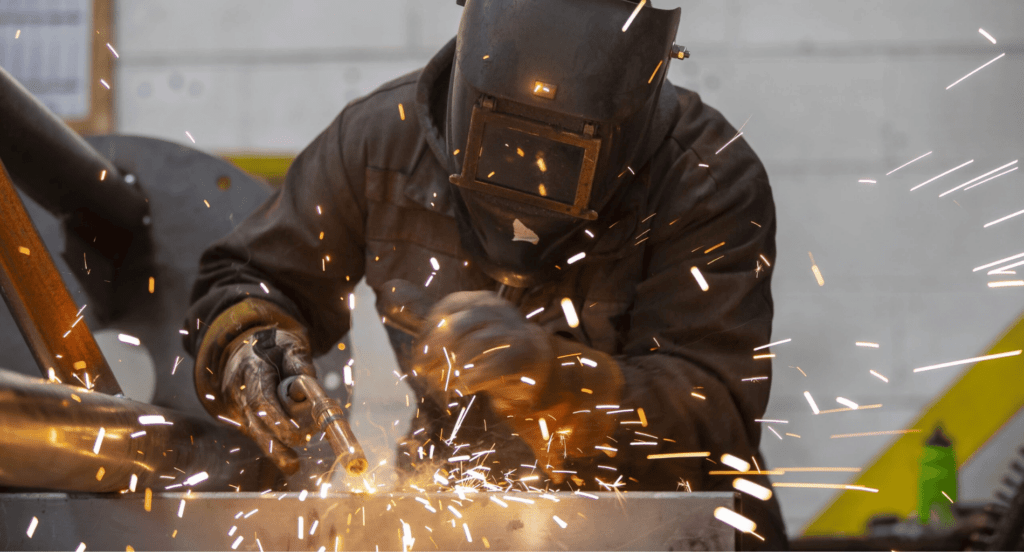
Punching
Creating holes or indents in the metal with a punch press, often used for creating custom patterns or features. This process is not just for functional purposes like bolt holes, but can also add decorative elements. Punching is a fast and cost-effective way to add detail to sheet metal. It’s also easily customizable, allowing for unique design specifications in each project.
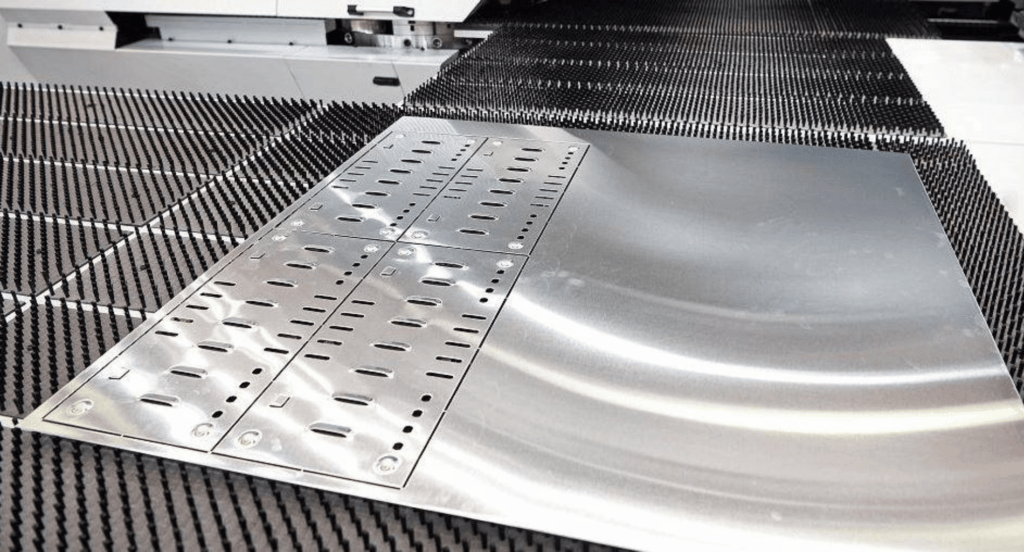
Assembly
Combining various metal parts into a complete product, often involving additional techniques like riveting or screwing, is a vital part of the fabrication process. This final stage is crucial for ensuring all components align correctly and function as intended. Seeing all the pieces come together perfectly in assembly is like watching a well-orchestrated symphony in metal.
4. Design Considerations for Sheet Metal Fabrication
Following the core techniques in precision sheet metal fabrication, design considerations are key to ensuring the final product is attractive, functional, and long-lasting. Key design considerations for sheet metal fabrication include:
Material Selection
Choosing the right material based on factors like strength, weight, and corrosion resistance to suit the product’s end use is critical. This decision influences not only the performance but also the cost-effectiveness of the product. Different applications require different materials, for instance, stainless steel for durability or aluminum for lightweight needs.
Tolerance and Precision
Ensuring the design accommodates the precision level achievable in cutting, bending, and assembling processes is vital for the functionality of the final product. Tight tolerances are crucial for high-precision applications, while more relaxed tolerances can reduce costs in less critical areas. This balance is key to achieving both quality and efficiency.
Bend Radius
Considering the minimum bend radius for different materials to avoid material weakening or cracking during the bending process is a fundamental aspect of design. Each material has its specific bend radius that must be respected to maintain integrity. Ignoring this can lead to structural failures or aesthetic flaws. Respecting the bend radius is like understanding the soul of the material – it’s what keeps the metal strong and beautiful.
The table below showcases the minimum bend radius for various materials, an essential factor in design to prevent weakening or cracking during bending, ensuring the material’s integrity and aesthetic appeal are maintained.
| Material | Minimum Bend Radius |
| Aluminum (5052 Alloy) | 0-1.5 times the material thickness |
| Steel (Low Carbon) | 0-2 times the material thickness |
| Stainless Steel (304 Alloy) | 0-2 times the material thickness |
| Copper | 0-0.5 times the material thickness |
| Brass | 0-1 times the material thickness |
Joining Techniques
Selecting appropriate joining methods such as welding, riveting, or screws, which impact the product’s strength and appearance, is a significant design decision. The right method ensures the pieces not only stay together but also function as intended. Moreover, the choice of joining technique can affect the ease of manufacturing and repair.
Finish and Aesthetics
Deciding on finishes like painting, powder coating, or anodizing to enhance appearance, resistance to corrosion, and overall longevity is as important as the structural design. Finishes not only contribute to the visual appeal but also protect metal from environmental factors. The right finish can significantly extend the life of a product and reduce maintenance needs.
5. Applications of Precision Sheet Metal Fabrication
After mastering the design considerations, it’s fascinating to explore the diverse applications of precision sheet metal fabrication. Precision sheet metal fabrication is vital across industries. Below are its key applications:
Aerospace Industry
Crafting aircraft components like fuselages, wings, and engine parts, where precision and strength are paramount, is essential in the aerospace industry. This ensures the safety and efficiency of aircraft in extreme conditions. Sheet metal fabrication is also used in making detailed interior cabin pieces and landing gear components. In the sky, every metal piece plays a critical role in ensuring a safe journey.
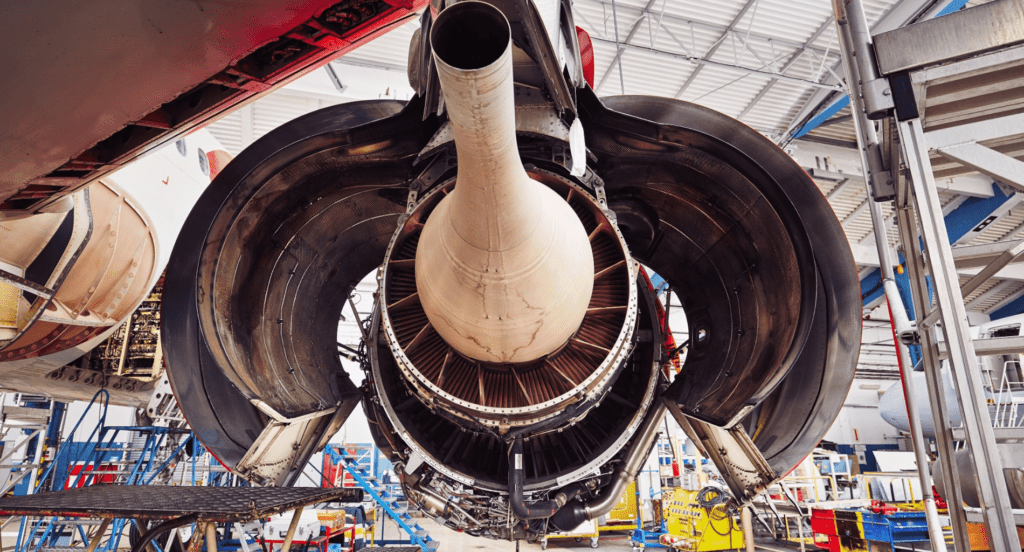
Automotive Industry
Manufacturing parts for vehicles, including body panels, frames, and exhaust systems that require durability and exact fitting. This technique is crucial for both the structural integrity and aesthetic appeal of vehicles. It also plays a role in creating lightweight yet strong components for electric and hybrid cars. Precision in automotive parts is not just about performance, it’s about safety and longevity on the road.

Construction and Architecture
Creating structural elements, roofing, and decorative metalwork for buildings and infrastructures. These components contribute to both the functionality and the visual impact of a structure. Metal fabrication is key in creating custom fixtures and fittings that enhance architectural designs. Zemetal’s expertise in precision fabrication enables architects to realize even the most ambitious and creative design ideas.

Medical Equipment
Producing surgical instruments, medical devices, and hospital equipment that demand high precision and hygiene standards. This includes tools for surgeries, implants, and diagnostic equipment. The reliability and accuracy of these metal components are critical in ensuring patient safety and successful medical procedures. In the medical field, the exactitude of metal fabrication can literally be a matter of life and death.
Consumer Electronics
Fabricating parts for electronic devices like smartphones, laptops, and home appliances, where compact and precise design is essential. This process allows for the creation of durable and finely detailed components that fit into the increasingly smaller and more complex designs of modern electronics. It also helps in heat dissipation and shielding of sensitive parts.
6. Quality Control in Precision Sheet Metal Fab
After examining the applications of precision sheet metal fabrication, quality control ensures each piece in sheet metal fabrication meets top standards of precision and durability. Below are its key aspects:
Inspection Protocols
Implementing rigorous inspection at every stage of fabrication, from material selection to final assembly, is crucial for maintaining quality. For instance, these inspections include visual checks, dimensional measurements, and verifying conformance to design specifications. Regular audits of the process also ensure ongoing adherence to quality standards.
Dimensional Accuracy
Ensuring that all fabricated parts meet the specified dimensions and tolerances using advanced measuring tools is key to the success of any project. This includes using precision instruments like calipers, micrometers, and coordinate measuring machines (CMM). Consistent dimensional accuracy is essential for parts to function correctly in their final application.
Material Testing
Conducting tests on materials for properties like strength, corrosion resistance, and suitability for the intended use ensures product reliability. This might involve tensile testing, hardness testing, and analysis of material composition. Understanding material properties is crucial for predicting and enhancing the performance of the final product.
Process Monitoring
Continuously monitoring the fabrication process to identify and correct any deviations in real-time is vital for maintaining high standards. This includes overseeing machine calibration, operator technique, and environmental conditions. Effective process monitoring helps in early detection of potential issues, preventing costly errors and rework.
Certifications and Standards Compliance
Adhering to industry-specific certifications and standards, such as ISO quality standards, for consistent quality and reliability is non-negotiable. These certifications serve as a benchmark for quality management and operational procedures. They also provide a framework for continuous improvement and customer satisfaction. Meeting these standards is our commitment to excellence, ensuring every client receives nothing but the best.
7. Challenges and Solutions in Sheet Metal Fab
Following stringent quality control in sheet metal fabrication, challenges in sheet metal fabrication, including technical and cost issues, can be effectively tackled with the right solutions. Below are these challenges and solutions:
Material Waste Reduction
Implementing efficient design and nesting software to minimize waste during cutting is crucial for sustainability and cost-saving. These software tools optimize material usage by arranging patterns in a way that reduces excess. Additionally, recycling and reusing scrap metal can further diminish waste and environmental impact.
Maintaining Precision in Complex Designs
Utilizing advanced CAD/CAM systems and precision machinery to ensure accuracy is essential in intricate designs. These technologies allow for detailed planning and execution, reducing errors and rework. Regular calibration of machinery also ensures ongoing precision and quality. It’s like having a high-tech GPS for metal fabrication, guiding every cut and bend with unmatched precision.
Cost Management
Balancing material quality with cost-effectiveness, and optimizing production processes to reduce expenses, are key to profitability. This includes selecting appropriate materials for each project and implementing lean manufacturing principles. Efficient inventory management and waste reduction also contribute to cost control. Each material and process decision significantly impacts profitability.
Adapting to New Technologies
Continuously upgrading equipment and training staff to stay abreast of the latest technological advancements is vital for staying competitive. Embracing innovations like automation and AI in the fabrication process can lead to increased efficiency and quality. Ongoing training ensures that the workforce can effectively utilize new technologies.
8. 5 Factors When Considering Precision Sheet Metal Fabrication Services
When choosing precision sheet metal fabrication services, it’s essential to consider several key factors to ensure quality and efficiency in your projects. Below are the vital aspects to keep in mind:
#1 Experience and Expertise
Look for a service provider with a strong track record. Experienced fabricators bring a deep understanding of different metals and fabrication techniques, ensuring high-quality outcomes. They can also provide valuable insights and solutions for complex projects. This expertise often translates into more efficient and effective production processes.
#2 Technology and Equipment
The technology and equipment used in fabrication, like those employed by Zemetal, play a crucial role. Advanced machinery and tools lead to better precision, faster turnaround times, and more intricate designs. Ensure the service provider uses up-to-date technology. Staying ahead with modern technology also indicates a commitment to continuous improvement.
#3 Quality Control Standards
Quality control is paramount in precision sheet metal fabrication. A good service provider should have strict quality control measures in place to ensure every product meets the required standards. This includes regular inspections and testing. Trust me, in this field, rigorous quality control is the backbone of success, guaranteeing that each product stands the test of time.
#4 Customization Capabilities
Every project is unique, and so are its requirements. The ability to customize orders to specific needs is an important factor. A skilled fabricator should be able to work with various designs and specifications to produce the desired outcome. Flexibility in handling different customization requests sets apart superior service providers.
#5 Cost and Turnaround Time
While cost should not be the only deciding factor, it is important. Compare prices among different providers but also consider the value they offer. Additionally, a reliable fabricator should be able to complete and deliver projects within reasonable timeframes. Balancing cost with quality and efficiency is key for a successful fabrication project.
Conclusion
In conclusion, this guide offers a comprehensive overview of precision sheet metal fabrication, highlighting its importance and complexity. Understanding these elements helps businesses like yours make informed decisions, ensuring quality and efficiency in every project.
For expert assistance in navigating the intricate world of metal fabrication, consider partnering with Zemetal. We’re ready to bring your projects to life with precision and excellence – contact us to get started.
Dive Deeper Into Our Resources
Looking for more diverse service options? Browse through our handpicked selections:
For some insightful reads, we’ve curated a list of recommended articles just for you:
Still haven’t found what you’re looking for? Don’t hesitate to contact us. We’re available around the clock to assist you.








